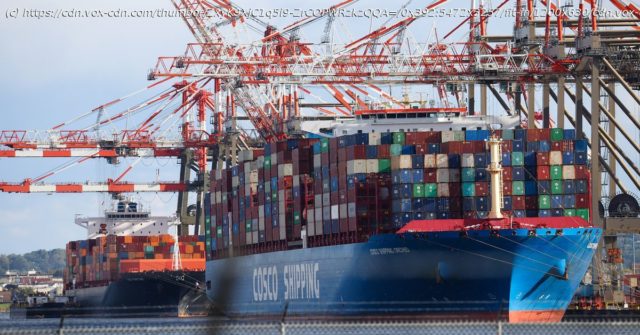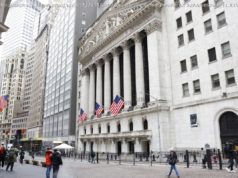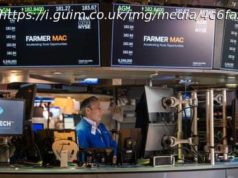Experts agree that high prices and low supplies aren’t going away just yet.
Federal Reserve chair Jerome Powell said on Friday that Americans should be prepared for the global supply chain to remain in crisis through 2022 — and that the central bank is preparing to deal with the attendant challenges for the US economy. Speaking at a Bank for International Settlements-South African Reserve Bank centenary conference, Powell warned that “supply-side constraints have gotten worse” over the course of the pandemic, while the supply chain and economic risks are “clearly now to longer and more-persistent bottlenecks, and thus to higher inflation.” Already, those bottlenecks have slowed international commerce to a crawl as shipping containers loaded with goods wait to be unloaded and experts advise making an early start on holiday shopping. In addition to packages taking longer to show up, consumers are likely also feeling the resulting inflation: The Consumer Price Index, a measure of the increase in the price of goods over a specific period, rose more than 5 percent in the 12 months ending in September, as Vox’s German Lopez explained. However, Americans’ appetite to consume hasn’t diminished. After a brief dip at the beginning of the pandemic, people have embraced both e-commerce and brick-and-mortar retail as pandemic restrictions have eased. That’s good for an economy blitzed by Covid-19, but it’s also created its own set of challenges in the form of a backed-up supply chain that wasn’t built to weather a pandemic, and accompanying inflation as people buoyed by an economic recovery keep spending. As Treasury Secretary Janet Yellen told CNN Sunday, that likely won’t be a permanent problem: She expects “improvement by the middle to end of [2022],” and pointed out that monthly rates of inflation are already declining from earlier this year. For now, though, the Fed has some steps it can take to ease inflation, both in the short term and the long term. In the immediate term, as Powell said in September and reiterated Friday, the central bank will likely begin the process of “ tapering,” or scaling back its purchases of government assets like Treasury bonds and mortgage-backed securities. The Federal Reserve spends about $120 billion per month on these assets to help fill the government’s coffers and fund the trillions in stimulus spending, which helped keep American markets afloat during the pandemic. High demand, as partially represented by inflation and made visible by the current supply chain crunch, signals to the Fed that its stimulus purchases are having the intended effect and won’t be needed much longer, and it’s safe to gradually reduce them — probably by about $15 billion per month starting in November. That could also ease supply chain issues by decreasing demand. In the long term, the Fed could also increase interest rates, which limits the amount of money in circulation, thus decreasing demand and thereby inflation.






